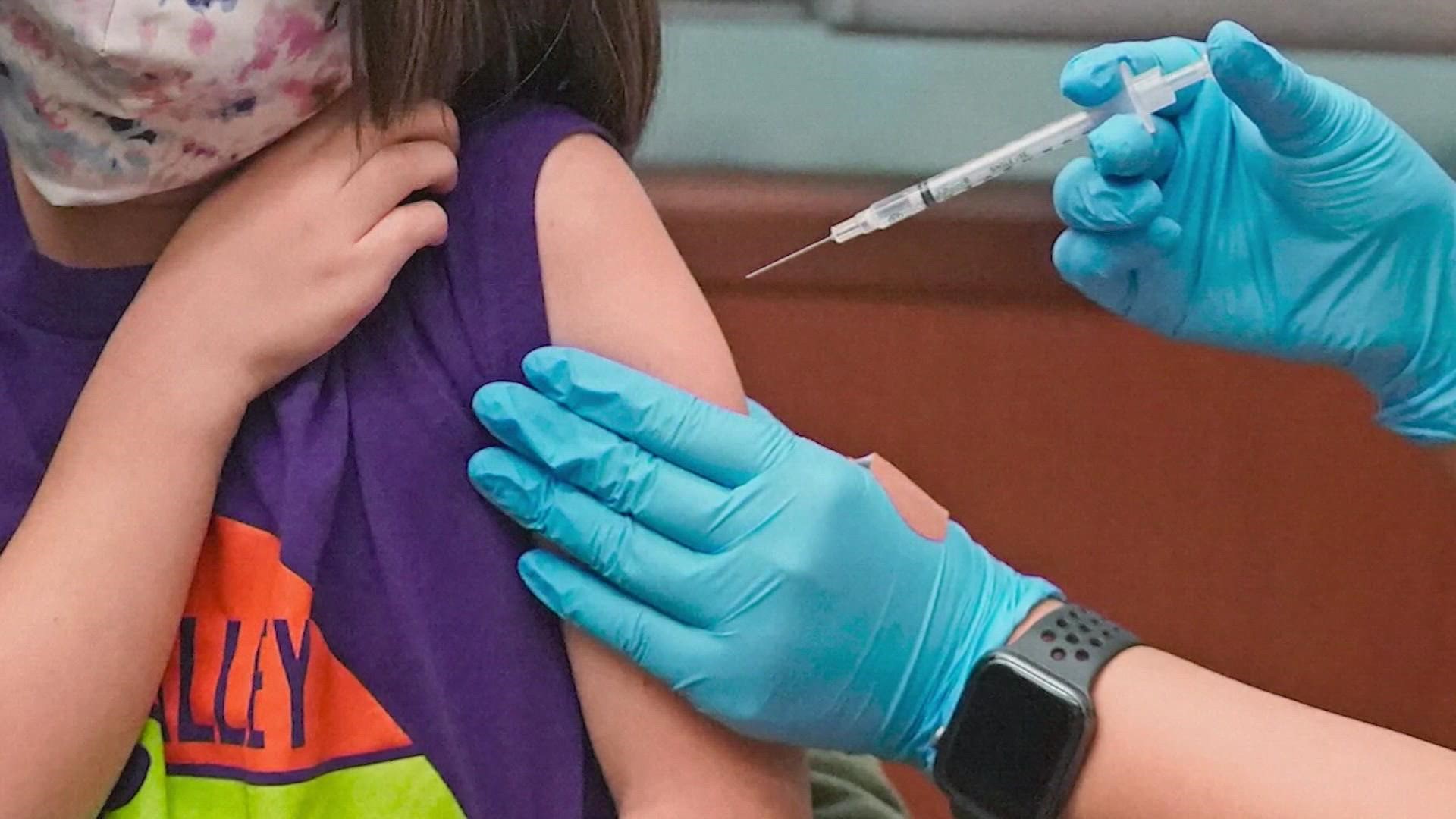DALLAS — Scientists in North Texas have recently made a breakthrough with their COVID-19 research that will allow them to more effectively treat patients.
Scientists from UT Southwestern Medical Center can now tell which variant has infected a COVID-19 patient within a couple of hours, which can potentially influence treatment decisions. This process takes days or weeks at most other medical centers, according to UT Southwestern.
Last year, pathologist Jeffrey SoRelle, M.D., and his colleagues developed CoVarScan, which is a rapid COVID-19 test that detects the signatures of eight hotspots on the SARS-CoV-2 virus.
After testing CoVarScan on more than 4,000 patient samples collected at UT Southwestern, the team reported that their test is as accurate as other methods used to diagnose COVID-19 and can successfully differentiate between all current variants of SARS-CoV-2.
“Using this test, we can determine very quickly what variants are in the community and if a new variant is emerging,” SoRelle said. “It also has implications for individual patients when we’re dealing with variants that respond differently to treatments.”
The testing results at UT Southwestern’s Once Upon a Time Human Genomics Center have helped public health leaders track the spread of COVID-19 in North Texas and make policy decisions based on the prevalence of variants, the medical center said. Doctors have also used the results to choose monoclonal antibodies that are more effective against certain strains infecting critically ill COVID-19 patients.
While a number of other tests for COVID-19 exist, they generally detect either a fragment of SARS-CoV-2 genetic material or small molecules found on the surface of the virus. They also don’t provide information to identify the variant.
Many researchers worry that these tests aren’t accurate in detecting some variants or may miss future strains. To determine which variant of COVID-19 a patient has, scientists typically use whole-genome sequencing, which is time-consuming and expensive and relies on equipment and analysis to spell out the entire RNA sequence contained in the viruses, UT Southwestern said.
In early 2021, SoRelle and his colleagues wanted to track how well current tests were detecting emerging variants of SARS-CoV-2. However, UT Southwestern said they realized sequencing a lot of specimens would not be timely or cost-effective, so they designed their own test. SoRelle's team worked in the McDermott Center Next Generation Sequencing Core, which is a part of the Eugene McDermott Center for Human Growth and Development directed by Helen Hobbs, M.D.
CoVarScan focuses on eight regions of SARS-CoV-2 that commonly differ between viral variants. It detects small mutations – where the sequence of RNA building blocks varies – and measures the length of repetitive genetic regions that tend to grow and shrink as the virus evolves.
The method relies on polymerase chain reaction, which is a technique common in most pathology labs, to copy and measure the RNA at these eight sites of interest.
To test how well CoVarScan works, SoRelle’s team ran the test on more than 4,000 COVID-19-positive nasal swab samples collected at UT Southwestern from April 2021 to February 2022. These tests were from patients both with and without symptoms.
The tests were validated with the gold-standard whole-genome sequencing, and the results were used by doctors to choose treatments for some critically ill COVID-19 patients, according to UT Southwestern.
Compared to whole-genome sequencing, CoVarScan had 96% sensitivity and 99% specificity. It identified and differentiated Delta, Mu, Lambda, and Omicron variants of COVID-19, including the BA.2 version of Omicron, which was once known as “stealth Omicron” because it did not show up on some tests designed to detect only the Omicron strain.
“A common critique of this kind of test is that it requires constant adjustment for new variants, but CoVarScan has not needed any adjustment in more than a year; it is still performing very well,” SoRelle said. “In the future, if we did need to adjust it, we could easily add as many as 20 or 30 additional hotspots to the test.”
SoRelle said he plans to continue developing CoVarScan as a commercial test and has a pending patent application based on his work. As the inventor of the genotyping PCR test for variants, UT Southwestern said SoRelle is entitled to income from its use.
Other UT Southwestern researchers who contributed to this study include Andrew Clark, Zhaohui Wang, Emily Ostman, Hui Zheng, Huiyu Yao, Brandi Cantarel, Mohammed Kanchwala, Chao Xing, Li Chen, Pei Irwin, Yan Xu, Dwight Oliver, Francesca Lee, Jeffrey Gagan, Laura Filkins, Alagarraju Muthukumar, Jason Park, and Ravi Sarode.

